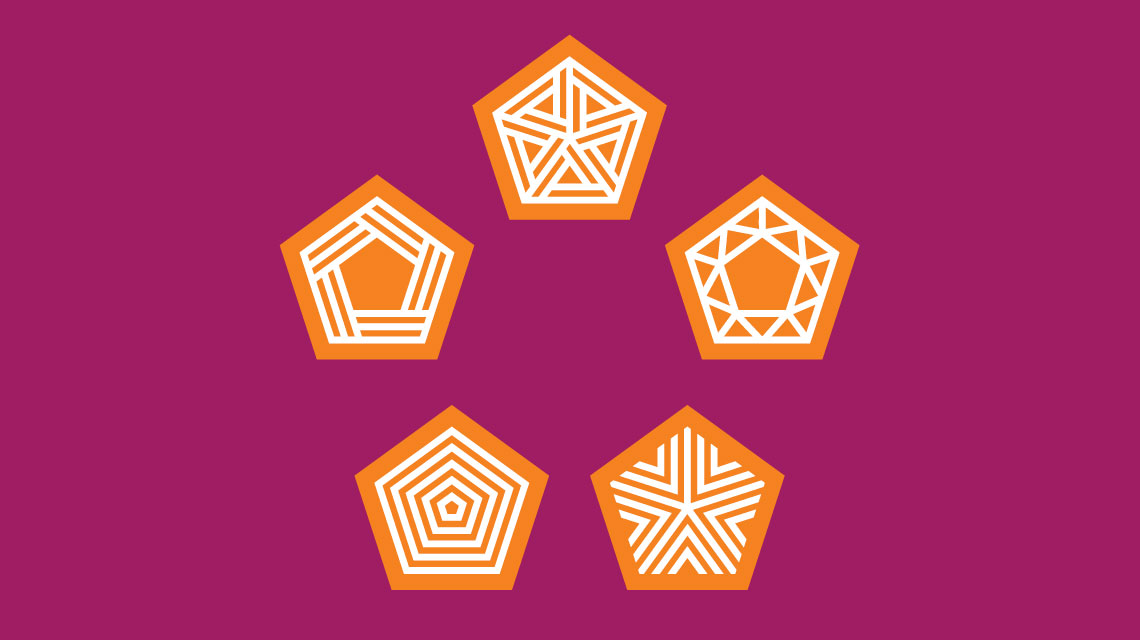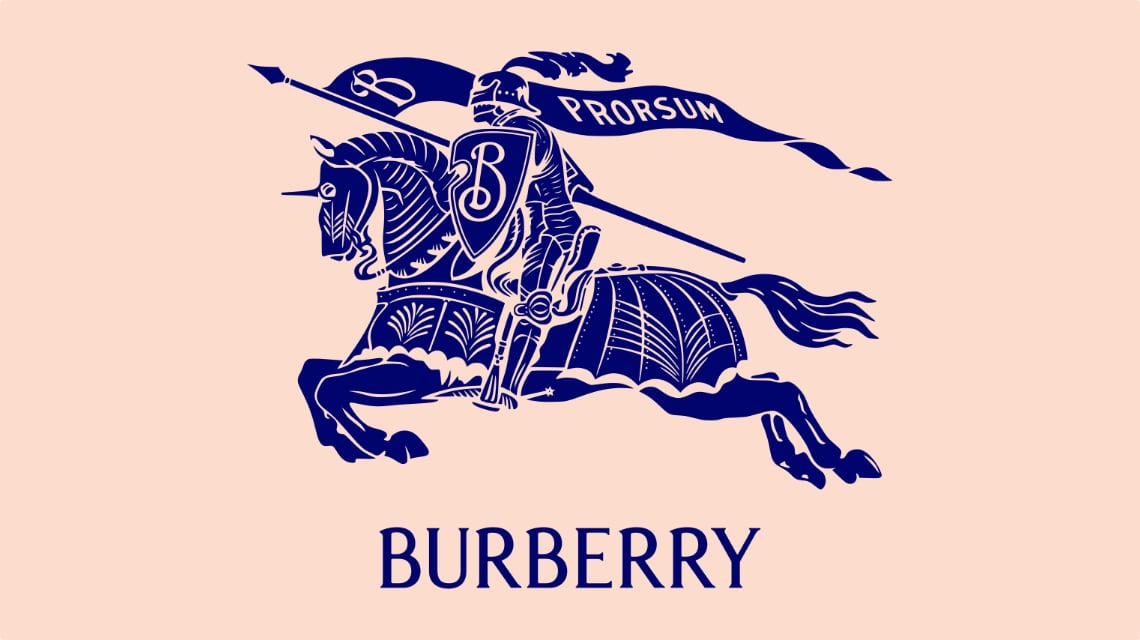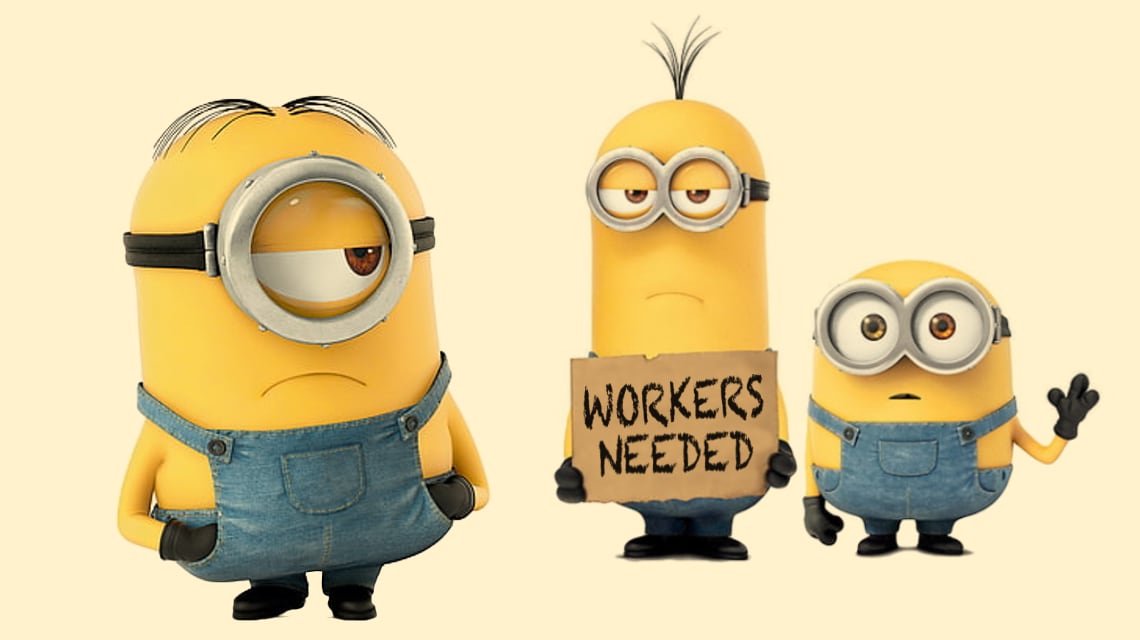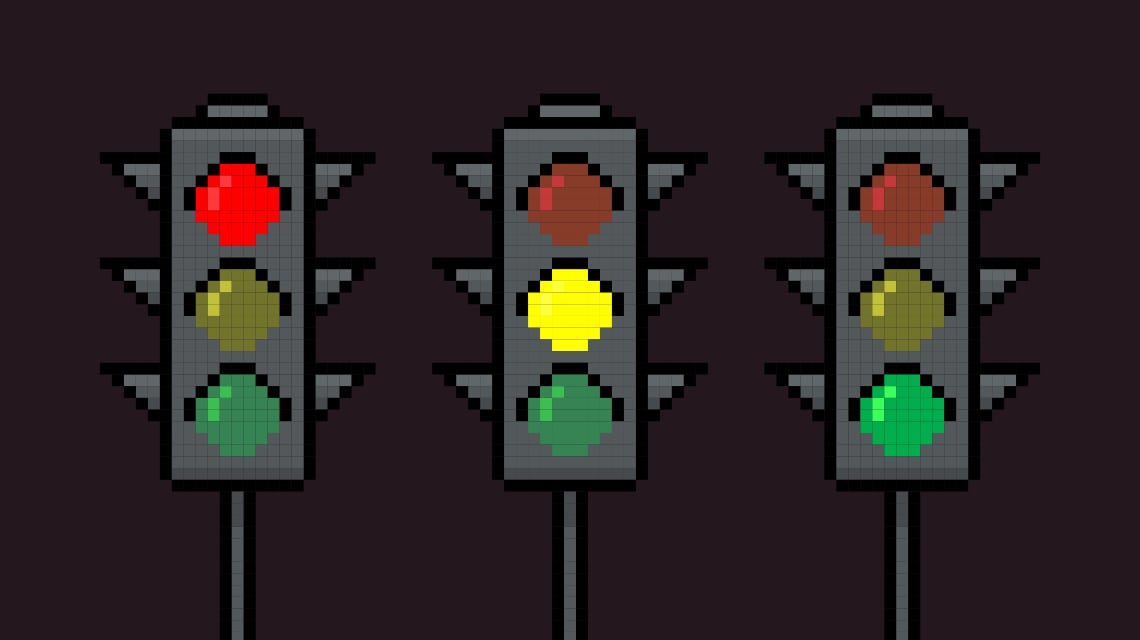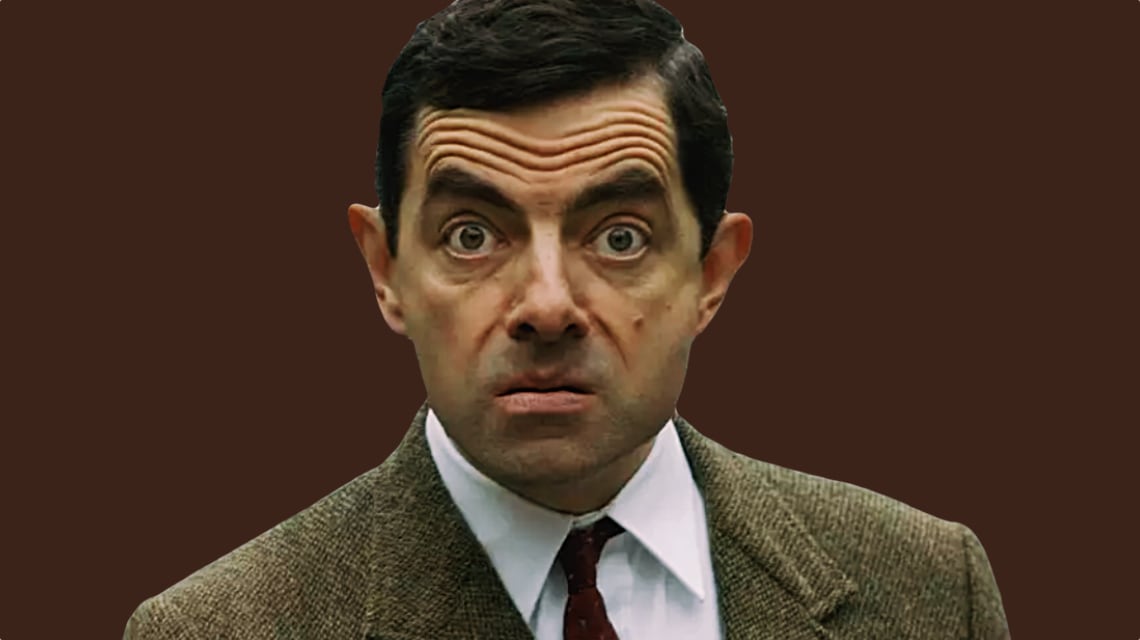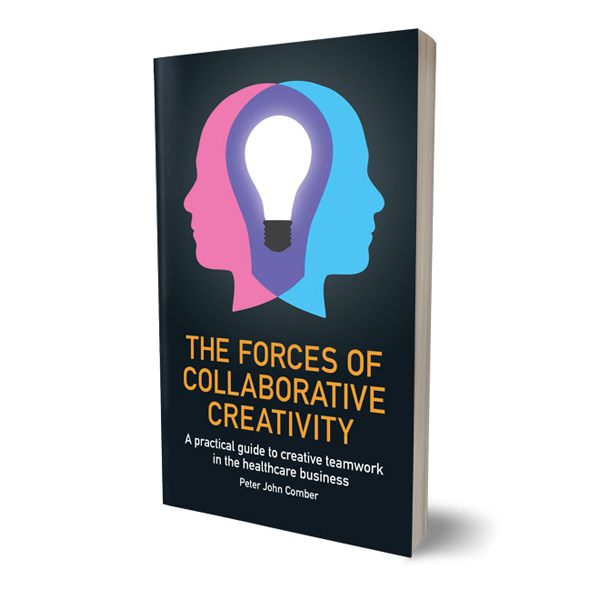The Five Forces of Collaborative Creativity.
The last in a series about the five forces of Collaborative Creativity.
In ‘The Forces of Collaborative Creativity’, I explain the Collaborative Creativity method and examine its effects and why it works. The theory I have formed, based on personal experience and observation, is that Collaborative Creativity generates five forces: Self-discovery, Empathy, Realisation, Cohesion and Invention. In this article, I focus on how these forces work together, seamlessly and simultaneously.
Previously, I have dedicated an article to each of the five forces of Collaborative Creativity. This separation while useful for explaining them was artificial, the forces coexist, even though their relative strengths vary in different situations. I have touched on this when explaining how Invention can depend upon Cohesion, and Empathy on Self-discovery. The five forces operate synergically and are dependent on each other.
In the real world, corporations are indifferent to Self-discovery; they need to improve their knowledge of their customers, they need their employees to be more effective when they engage external actors, they wish to improve their marketing activities. In the real world, corporations are wary of Empathy; they need better user experiences, improved customer support design, greater operational harmony. In the real world, corporations are mostly unconcerned with Realisation; they need brand purpose, employee satisfaction and retention, self-motivation and resilience. In the real world, companies aren’t interested in the power of Cohesion; they want better collaboration between functions, operational efficiency and employee performance improvements. In the real world, companies are marginally interested in the power of Invention; they want successful innovation, rapid change management, agility and efficiency.
The five forces of Collaborative Creativity are a useful construct, a simple way of thinking about the complexity of group interactions and the pragmatically useful outcomes they produce. Workshops are popular but often their value is diminished by an excessive focus on a single outcome. While I am absolutely in favour of a clear purpose, more than thirty years experience in applied creativity has convinced me that, for optimal results, workshop process and exercise design must accomodate and exploit all five forces of Collaborative Creativity.
Businesses struggle to appreciate things that can’t be measured and compartmentalise things that are interconnected. Over a period of 12 months a manager may find themselves involved in a hackathon to devise new ideas, a team-building workshop, market research focus groups and process-focused on-the-job training. These activities are related yet disjointed. They can be transformed by a holistic approach and an interconnected sequence of Collaborative Creativity sessions - a programme that achieves multiple objectives, simultaneously satisfying key milestones while steering a course to a desired outcome: through Self-discovery, Empathy, Realisation, Cohesion and Invention - the five forces of Collaborative Creativity.
